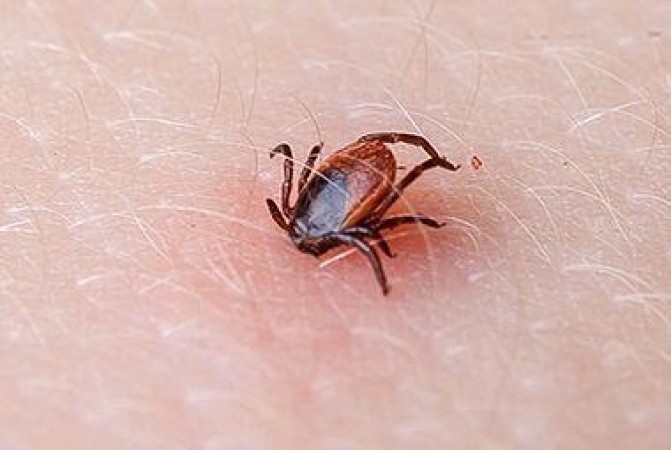
In recent years, a concerning trend has emerged in the United States - an increasing number of individuals are developing meat allergies, and ticks are to blame. This unexpected and alarming phenomenon has caught the attention of medical professionals, researchers, and the general public. In this article, we will delve into the world of tick-borne meat allergies, exploring various aspects of this health issue.
Before we delve into the details of tick-borne meat allergies, let's take a closer look at the tiny arachnids responsible for this problem.
Ticks are small, blood-feeding parasites that belong to the arachnid family. They are known for latching onto their hosts and can transmit various diseases.
Not all ticks are responsible for meat allergies. The primary culprits are the Lone Star tick and the black-legged tick, also known as the deer tick.
Now, let's explore how tick bites can lead to the development of meat allergies in affected individuals.
The key player in tick-borne meat allergies is a sugar molecule known as alpha-gal. Tick bites can trigger an immune response that results in the production of alpha-gal-specific antibodies.
The antibodies produced in response to tick bites can cause an allergic reaction when an individual consumes red meat, such as beef, pork, or lamb.
Understanding the symptoms and diagnostic process is crucial for those at risk of tick-borne meat allergies.
Tick-borne meat allergies can manifest in a variety of ways, including hives, itching, swelling, and even anaphylaxis.
Diagnosing this allergy can be challenging, as symptoms may not appear immediately after meat consumption.
For individuals living in tick-prone areas or those who have experienced tick bites, prevention and proper management are essential.
Taking precautions to avoid tick bites, such as using repellents and wearing protective clothing, can reduce the risk of developing meat allergies.
For those already affected, managing tick-borne meat allergies involves dietary adjustments and carrying epinephrine for emergencies.
Medical researchers are actively studying tick-borne meat allergies to develop a better understanding and potential treatments.
Scientists are conducting extensive research to uncover the mechanisms behind tick-borne meat allergies.
While there is no cure for this allergy, ongoing research offers hope for future treatments.
The prevalence of tick-borne meat allergies varies across regions, and it's essential to understand where the risk is higher.
Certain areas in the United States are more prone to tick-borne meat allergies due to the prevalence of specific tick species.
Increasing awareness about tick-borne meat allergies is vital to protect individuals and prompt early intervention.
Health authorities are launching awareness campaigns to educate the public about the risks associated with tick bites.
In conclusion, tick-borne meat allergies represent an unusual and emerging health concern in the United States. Understanding the link between tick bites and meat allergies, recognizing symptoms, and taking preventive measures are crucial steps in mitigating this issue. Ongoing research and increased awareness will play pivotal roles in addressing and managing this unexpected health challenge.
Arvind Kejriwal Promises Haryana Will Soon Enjoy AAP's Freebies